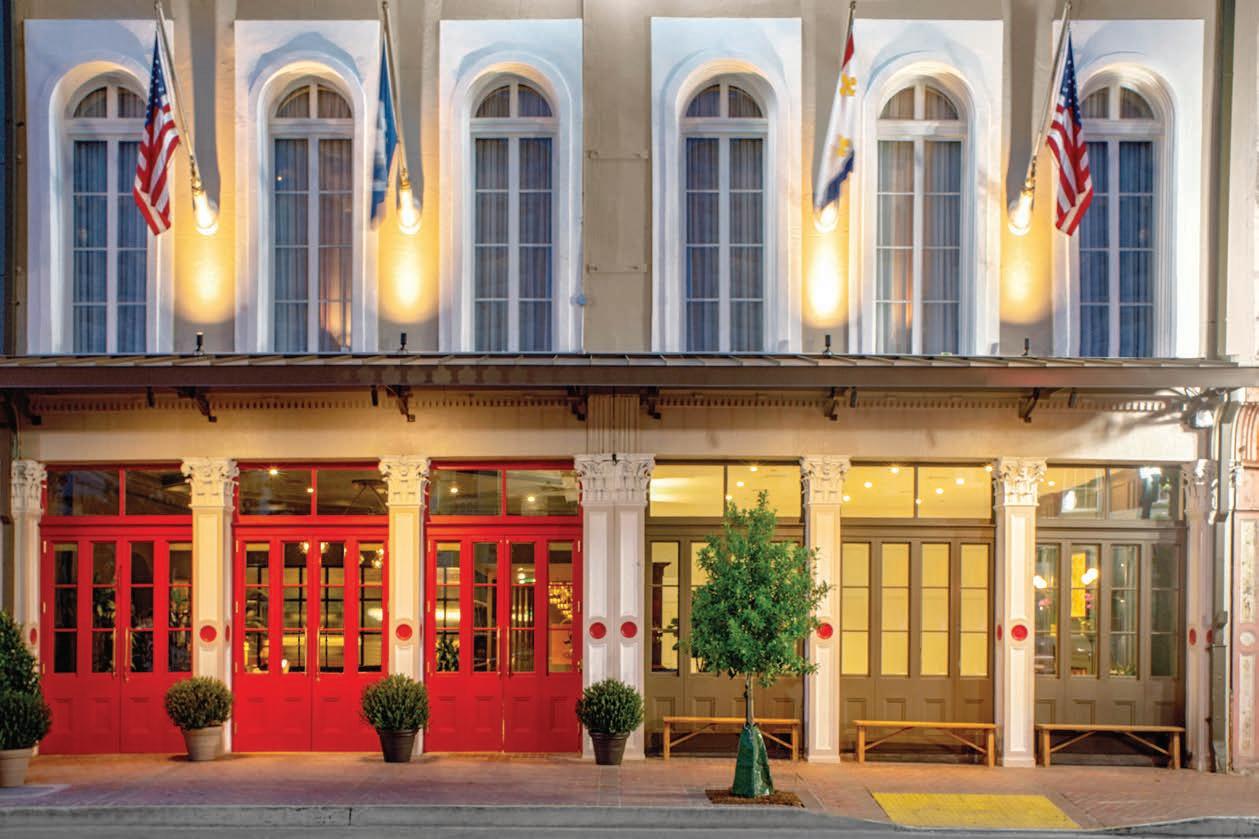
8 minute read
NEWSWORTHY
The Eliza Jane Hotel pays homage to a Big Easy publishing icon.
Written by Bridget Williams
It was love at first bite on my inaugural trip to New Orleans. However, in my case, the ardor was auditory rather than gustatory. Having arrived after midnight due to a frustrating series of airline snafus and eager to make up for lost time, I set out just after sunrise to stroll the empty alleyways of the French Quarter. Much to my surprise, as the first rays of sunlight latched onto the Romeo spikes found on the posts supporting the ornate iron galleries that serve as launching pads for countless beads, street corner musicians had already set up shop to tickle the ears of tourists. While I couldn't discern whether they were extreme early birds or hanger's-on from the prior evening's revelry, I appreciated the distinct sense-of-place soundtrack for my wandering.

After working up enough of an appetite to justify grabbing a bag of warm beignets from Café Du Monde that I'd intended to enjoy in The Eliza Jane's large and lushly landscaped open-air courtyard, I spent the rest of my walk back to the hotel vigorously dusting the evidence of my early indulgence—a preponderance of powdered sugar—off of my ill-chosen black leggings.
Opened in 2018, The Eliza Jane is fashioned from seven 19th-century warehouses that, in past lives, included manufacturing Peychaud's Bitters, publication of The Daily Picayune, and a nondescript Comfort Suites. A two-year renovation stripped away the genericness imposed by the most recent inhabitant to reveal the pleasing patina of the past, including exposed brick, masonry arches, and metalwork. Located on what was once known as "Newspaper Row," where no less than seven different papers were published in the late 1800s, only one—The Daily Picayune— was the first major newspaper in the country to have a woman at the helm. That woman, Eliza Jane Nicholson, is the hotel's namesake.

Born into a well-to-do Mississippi family in 1843, Eliza Jane sought more from life than marriage and motherhood, so she moved to New Orleans. After submitting several poems to The Daily Picayune under the name of Pearl Rivers, she was hired as the literary editor, earning $25 a week. She went on to marry the paper's owner, Colonel Alva Holbrook, who had sold the paper only to repurchase it after the new owners pushed it to the brink of bankruptcy. Before he could complete the turnaround, Col. Holbrook died, and on the paper's front page on March 26, 1876, Eliza Jane, just 26 years old and $80,000 in debt, announced herself as the owner. She implemented changes to appeal to a broader readership, including adding sections on international news, a society column, and pieces of fiction by notable writers such as Rudyard Kipling and Mark Twain. Her astute business sense and a willingness to surround herself with capable and creative colleagues made the paper one of the most successful in the region. She remained at the helm with George Nicholson, her second husband, and the paper's business manager, until they both succumbed to influenza in 1896.
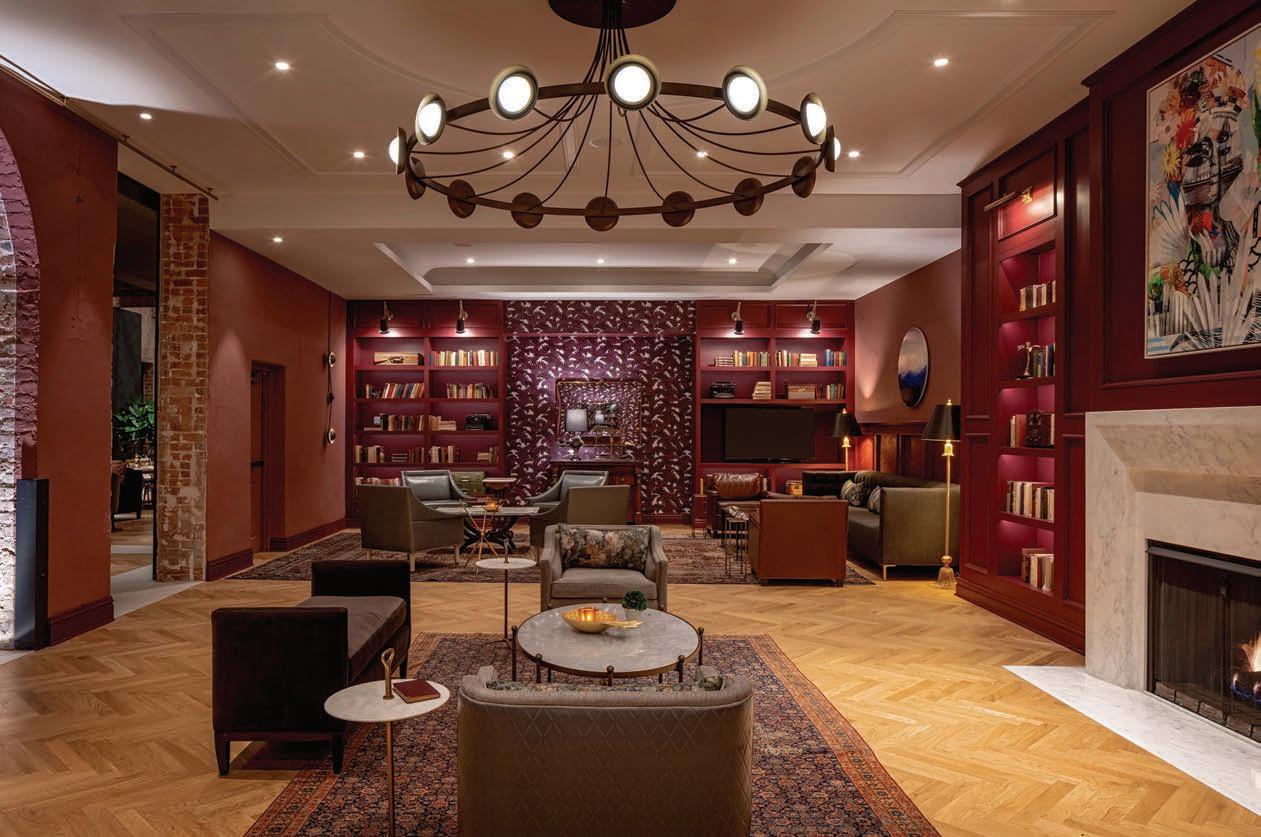
The Press Room
Part of The Unbound Collection by Hyatt portfolio, the 196-room hotel is a short walk from the French Quarter. In my two-room Editor's Suite, in what was the newspaper's offices, Stonehill Taylor designers opted for an eclectic, homey style executed in jewel tones with a clever mish-mash of unique accessories and art, plush upholstery, and wallpaper. Near the beverage station, classic bentwood Thonet chairs pulled up to a round table accentuated by a vintage typewriter holding a personalized welcome note, to which I added my own hunt and peck addendum. A brushed brass finish on the suite's lighting and bath fixtures encapsulates the forward-looking retro trend.
My suite's wet room took full advantage of the soaring ceiling height by placing a soaking tub in front of a floor-to-ceiling arched window dramatically dressed with drapery. At press time, the property was developing a bespoke line of lime-basil-scented bath amenities, including bath salts, room spray, and velvety hand cream. Eventually, they plan to have these and their line of cocktail bitters (more on that later) for sale in a lobby boutique.
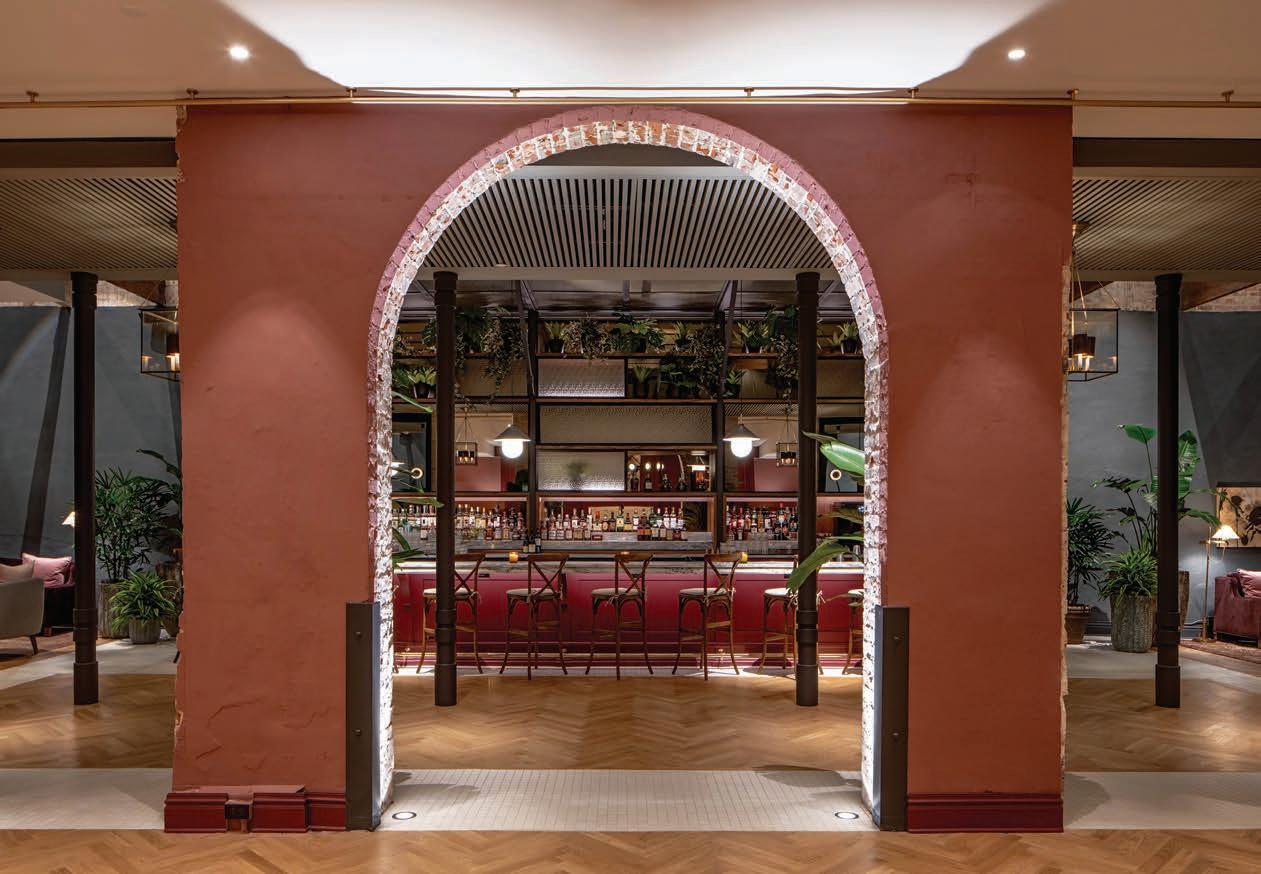
With only one full day on my first visit to The Big Easy, I called on New Orleans Legendary Walking Tours for a half-day jaunt around the city's highlights. After learning of my affinity for a good yarn, especially when it involves ghosts, Dane Rhodes, my guide and a card-carrying SAG member, put on quite the performance. He also peppered his talk with stories of New
Orlean's most notable women, including Mother Henriette DeLille, Micaela Almonester, Rosa Keller, Baroness de Pontalba, Mahalia Jackson, and Leah Chase (all of whom are worthy of a Google search to learn their stories). "New Orleans would not exist without badass women," Dane remarked emphatically.
Our half-day tour ended with lunch at Gris-Gris on Magazine St. (grisgrisnola.com). While Gris-Gris means "bewitch" in Creole, and the restaurant is decked out with Voodoo memorabilia and motifs, it was their chicken and andouille sausage gumbo washed down with a frozen King Cake frozen cocktail that put a spell on me. Chef-owner Eric Cook is a native of New Orleans and a combat veteran who served six years in the United States Marine Corps.

Having checked both King Cake (aboulangerienola.com) and gumbo off of my culinary checklist, I couldn't complete my stay without making a stop at Central Grocery on Decatur Street (cemtralgrocery.com) for an authentic Muffuletta sandwich and Hansen's Sno-Bliz, which has been slinging snoballs since 1939. At the latter, the combination of soft-shaved ice, condensed milk, and flavored syrups made in-house from family recipes created a delightful velvety treat.
After depositing my leftover Muffuletta in my hotel room, I headed down the street to the Sazerac House for a tour to learn about one of the city's most famous exports. New Orleans' pharmacist Antoine Amédéé Peychaud is famously known for inventing the cocktail in the mid-1800s. His blend of whisky, absinthe, bitters, and sugar, known as the Sazerac, and served in an egg cup called a "coquetier," was initially intended for medicinal use. The well-executed and engaging three-floor museum offers a fascinating deep dive into New Orleans' cocktail culture. Don't ask for the 200-year-old Peychaud's recipe; it's under lock and key as securely as the famous 11 herbs and spices in my home state's famous fried chicken.
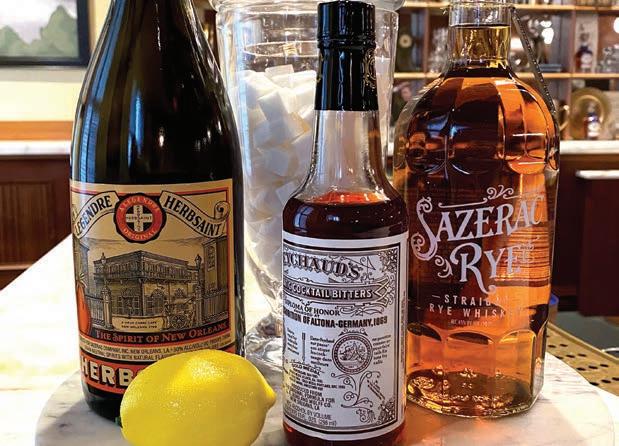
Back at the Eliza Jane, Michael Glassberg, Lead Bartender at The Press Room, is developing a proprietary line of bitters for use in the bar based on knowledge gleaned from reading The Standard Manual of Soda and Other Beverages, published in 1897. "Bitters are like a finishing salt for cocktails," remarked Glassberg, who also leads Bitters 101 courses for guests wanting to learn more about creating bitters and crafting cocktails with these herbaceous liquids.
With its library-inspired setting and unique architectural flourishes, the Press Room is a hub of activity day and night. While the cocktail program skews towards a Francophile bent to complement Couvant, the hotel's French brasserie that’s located in the former Peychaid Bittners factory, Glassberg says he relishes the occasional challenge from clientele who hail from around the world. Complementing the building's history as a welcoming space for women writers, the Press Room is home to monthly "Dear Eliza Jane" author talks in partnership with The Garden District Bookshop.
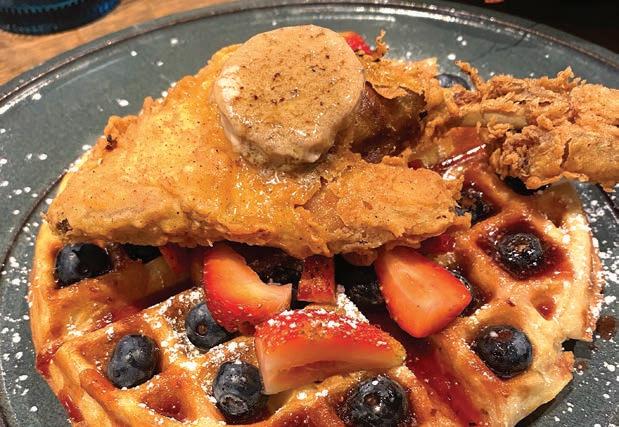
At Couvant (couvant.com), Executive Chef Ryan Pearson, who cut his teeth working at Restaurant Daniel in New York City before returning to his hometown, explained that the menu looks like what would result if a French-born chef was dropped into New Orleans. Pearson employs a minimal waste, snout-to-nail approach in his kitchen, and I regretted not having more time to sample Couvant's decadent and delicious fare. I did, however, partake of duck and waffles for breakfast and enjoyed a feast fit for a queen at dinner: Provençal flatbread, classic gougères, a beet salad with locally procured strawberries, tagliatelle topped with mushrooms from a family-run small farm in Saint Francisville, Louisiana; côte de boeuf with a black garlic bordelaise, and brioche-crusted veal.
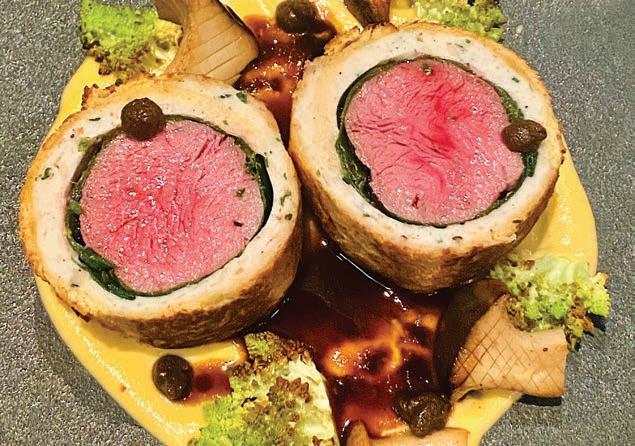
Walking (more like wobbling) out of dinner at Couvant, which followed a "to die for" day of over-indulging in New Orleans' culinary delights, I recalled a framed quote by Insta-poet Atticus that I'd spied in a shop window earlier that day that read, "I hope to arrive to my death late, in love, and a little drunk." To this, I'd add, "completely stuffed."










